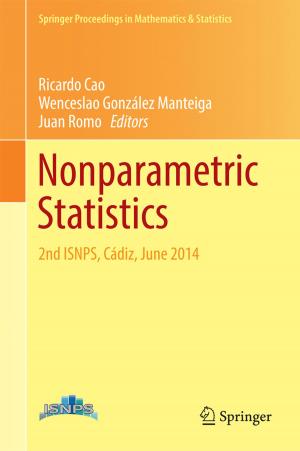The Blind Spots of Public Bureaucracy and the Politics of Non‐Coordination
Nonfiction, Social & Cultural Studies, Political Science, Politics, Leadership, Government, Public Policy| Author: | ISBN: | 9783319766720 | |
| Publisher: | Springer International Publishing | Publication: | May 29, 2018 |
| Imprint: | Palgrave Macmillan | Language: | English |
| Author: | |
| ISBN: | 9783319766720 |
| Publisher: | Springer International Publishing |
| Publication: | May 29, 2018 |
| Imprint: | Palgrave Macmillan |
| Language: | English |
How to better coordinate policies and public services across public sector organizations has been a major topic of public administration research for decades. However, few attempts have been made to connect these concerns with the growing body of research on biases and blind spots in decision-making. This book attempts to make that connection. It explores how day-to-day decision-making in public sector organizations is subject to different types of organizational attention biases that may lead to a variety of coordination problems in and between organizations, and sometimes also to major blunders and disasters. The contributions address those biases and their effects for various types of public organizations in different policy sectors and national contexts. In particular, it elaborates on blind spots, or ‘not seeing the not seeing’, and different forms of bureaucratic politics as theoretical explanations for seemingly irrational organizational behaviour. The book’s theoretical tools and empirical insights address conditions for effective coordination and problem-solving by public bureaucracies using an organizational perspective.
How to better coordinate policies and public services across public sector organizations has been a major topic of public administration research for decades. However, few attempts have been made to connect these concerns with the growing body of research on biases and blind spots in decision-making. This book attempts to make that connection. It explores how day-to-day decision-making in public sector organizations is subject to different types of organizational attention biases that may lead to a variety of coordination problems in and between organizations, and sometimes also to major blunders and disasters. The contributions address those biases and their effects for various types of public organizations in different policy sectors and national contexts. In particular, it elaborates on blind spots, or ‘not seeing the not seeing’, and different forms of bureaucratic politics as theoretical explanations for seemingly irrational organizational behaviour. The book’s theoretical tools and empirical insights address conditions for effective coordination and problem-solving by public bureaucracies using an organizational perspective.















